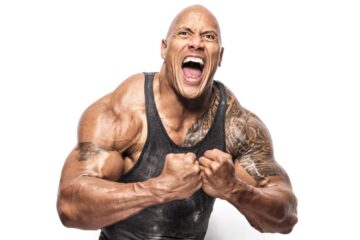How PayPal has Transformed the Way that we Pay Online
With over 305 million users worldwide as of 2019, PayPal has become one of the major payment providers in a relatively short space of time. The company has only been with us for little more than 20 years, and it is showing no signs of slowing down in its bid to help us enjoy quick and efficient online payments.
PayPal is predicted to bounce back stronger after the current global turmoil, and the brand seems even better placed to take advantage of the shift in online commerce. But how did PayPal gain such a command of the online payments market and how can it consolidate its enviable position?
PayPal’s enormous global reach
Although PayPal had a fairly inauspicious start, it has quickly grown to become a key global payment provider. As of 2019, the brand has made revenues in excess of $17.77 billion and it is present in over 200 countries and can be used for 25 different currencies.

How PayPal has Transformed the Way that we Pay Online
While over 70% of PayPal transactions were restricted to the eBay auction site in 2001, after its successful IPO, the brand is now featured at many major global retailers. From fashion brands like ASOS and GAP, tech companies like Bose and Samsung to sportsbooks giants like Bet365 and Unibet, it seems that PayPal offers a perfect payment solution. PayPal’s global reach allowed sportsbooks to provide seamless depositing and withdrawal experience for bettors all around the world. Take PayPal betting in AU as an example here.
If anything, it’s more significant to notice which companies and countries don’t accept PayPal payments. At the moment, you still can’t buy goods from Amazon via PayPal, and citizens in nations such as Iran, Belarus, Sudan, and North Korea are blocked from using this payment provider.
PayPal’s ambitious steps
At the time of PayPal’s IPO in 2001, few people had predicted what a success it would become. After all, smartphones didn’t exist back then, and online sales were just a fraction of their current figure.
But the team behind PayPal seemed to understand what massive technological changes would be around the corner. This isn’t hugely surprising considering that they had Elon Musk among the ranks of the original ‘PayPal mafia’.
The payment method enjoyed a rapid rise in popularity thanks to its association with eBay. If a PayPal user wanted to pay somebody else for the products bought on the auction site, the other person would have to sign up for their own PayPal account.
However, PayPal has since stepped out of the shadows of being a mere subsidiary of eBay. Since the split, the payment brand now features at over two-thirds of the top 100 US retailers, with just one quarter of PayPal’s revenues coming from eBay.
The future of PayPal
PayPal has already made several significant steps that could indicate where it heads in the future. This can be seen in the fact that they recently teamed up with Instagram so that PayPal would be a key part of the social media brand’s Checkout on the Instagram feature.
This follows on PayPal’s Venmo product that also features peer-to-peer online payments, but with an added social feature. It all comes at a time where there’s much greater competition in the online payment realm with the likes of Apple Pay and Facebook’s Libra currency starting to have a big impact in the way that we pay for goods and services.
However, PayPal is also planning to make in-store mobile payments a part of its future plans. These would use NFC and QR technology to allow consumers to buy goods in shops, and it would also allow users to manage reward points and so on. So whether you’re using PayPal in stores to buy groceries or online to buy the latest Samsung mobile, it seems that you have your payment needs covered.


